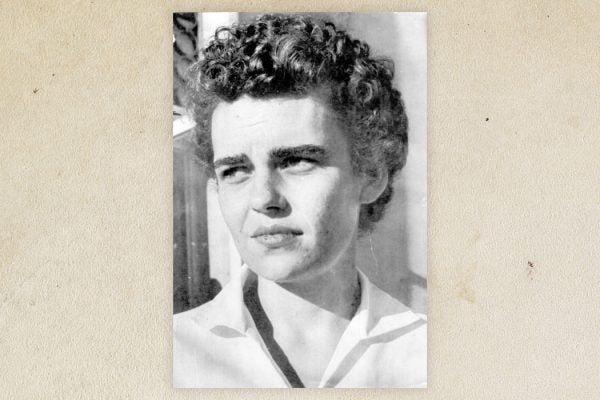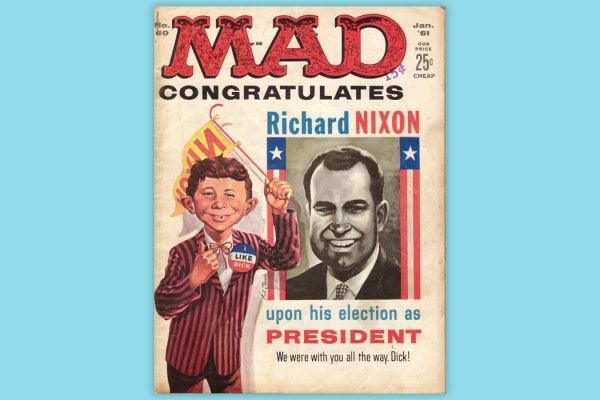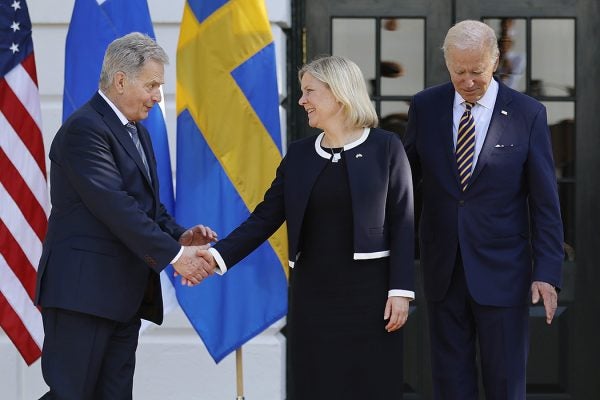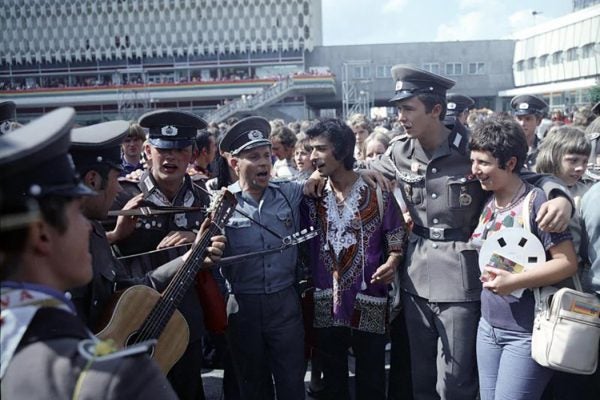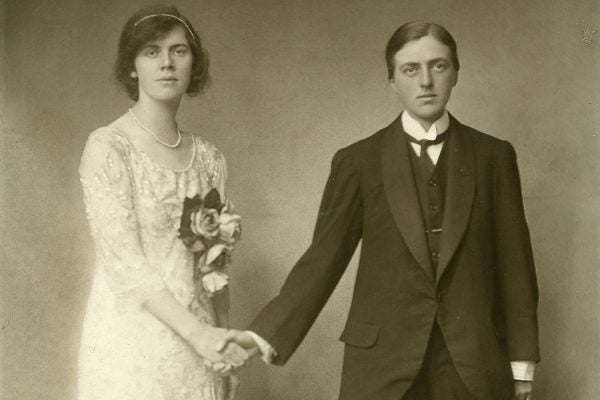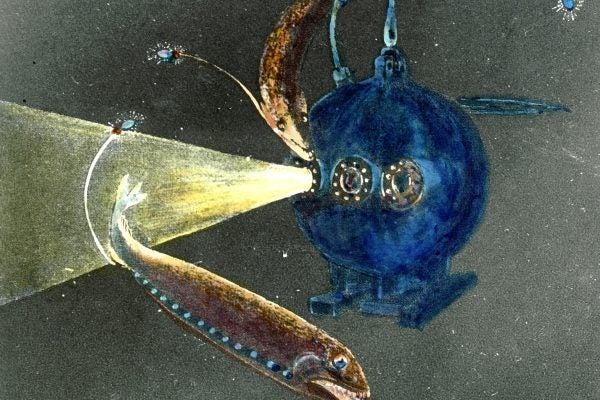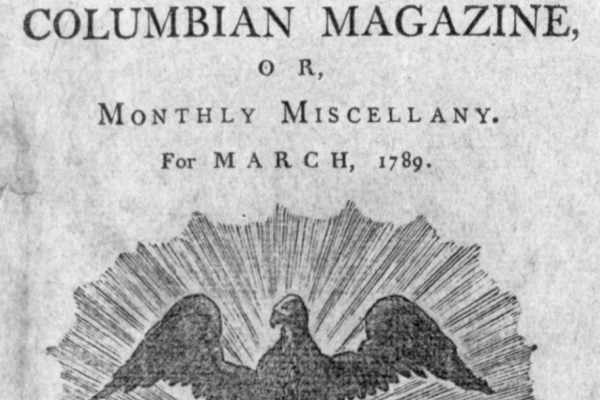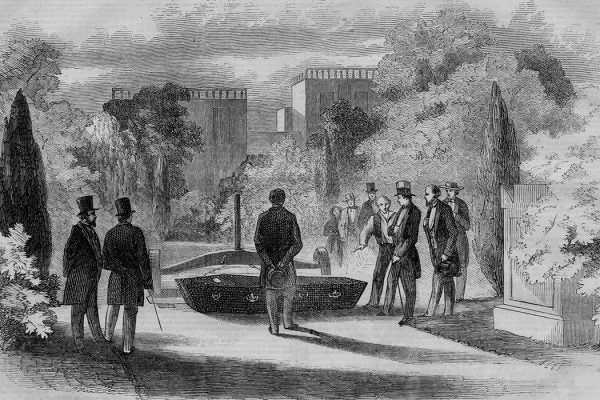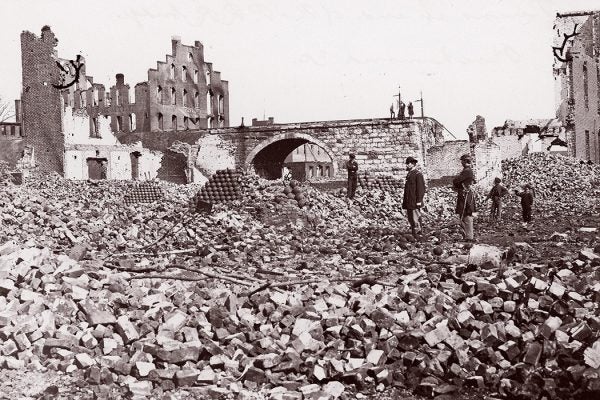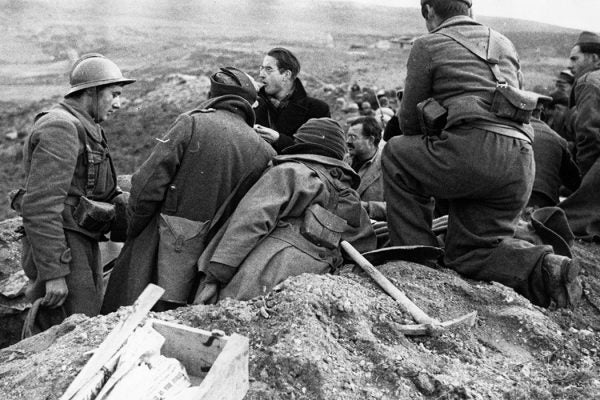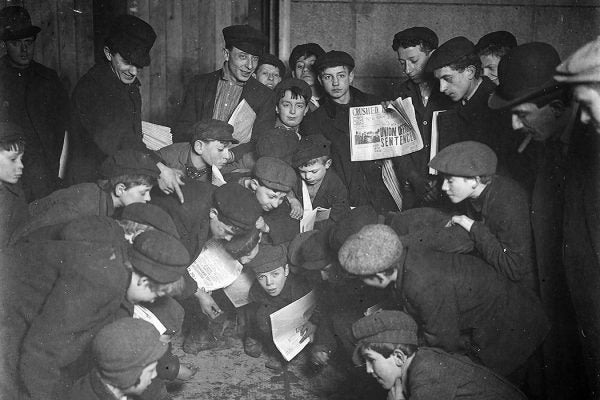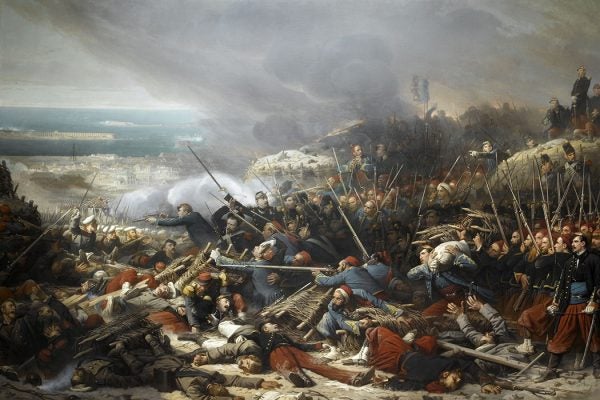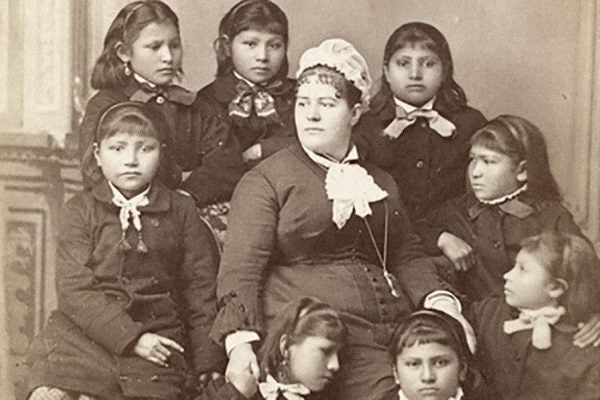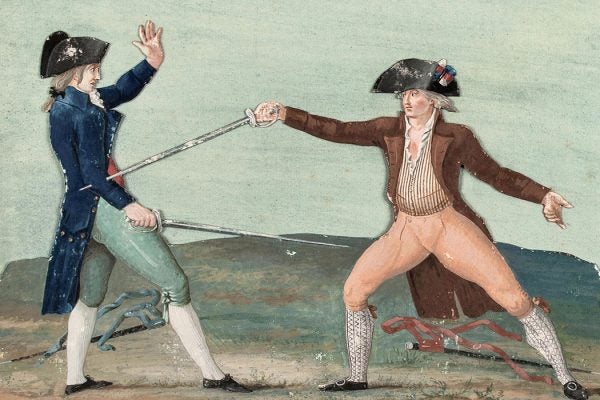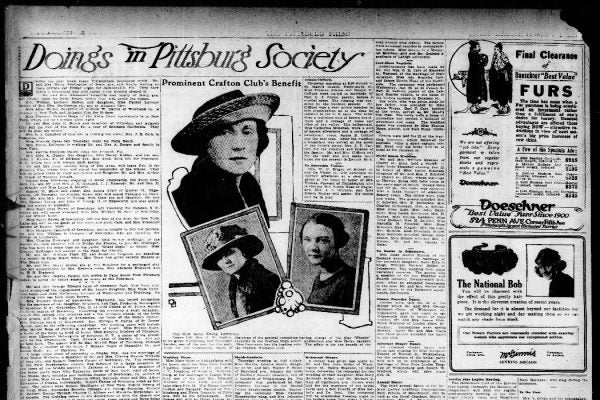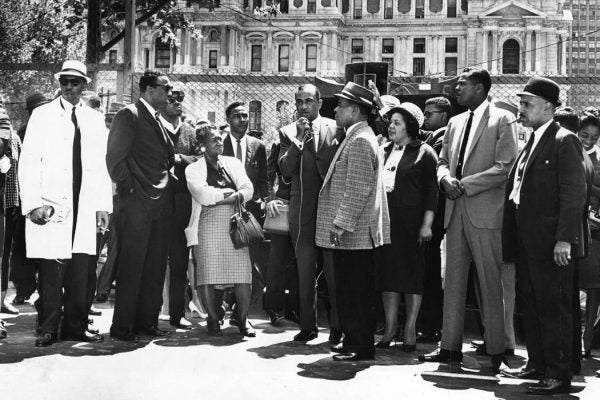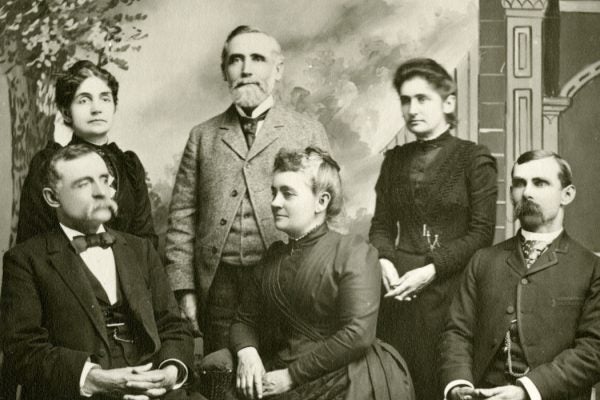The Lesbian As Villain or Victim
In Oregon in the 1960s, the debate over capital punishment hinged on shifting interpretations of the gendered female body.
Mad About Nixon
No other personality appeared more often on the cover of Mad during the first fifty years of the satirical magazine’s life.
Neutrality: Not All It’s Cracked Up To Be
While Sweden has claimed a position of neutrality for more than two centuries, its policy of non-alignment was somewhat ambiguous during the Cold War.
The Red Woodstock: Not Quite According to Plan
The 1973 World Festival of Youth and Students highlighted the paradoxes inherent in the East German socialist project.
The Long History of Same-Sex Marriage
Same-sex marriages, in all possible configurations and with all possible motivations, have taken place throughout the history of the United States.
Rosa Bonheur’s Permission to Wear Pants
One of the few women permitted to wear trousers during the Third Republic, the French artist developed a sense of self through her clothing choices.
The First Koreatown
Pachappa Camp, the first Korean-organized immigrant settlement in the United States, was established through the efforts of Ahn Chang Ho.
The New Oceanography: More Remote and More Inclusive
The days of celebrity oceanographers romancing the deep are gone, and maybe that’s a good thing.
OK Recruiter: The Legion is Coming
Anxieties over the abduction of young men into the French Foreign Legion after WWII reflected West Germany’s concerns about the state of their nation.
Reading Aloud in the Early Republic
Magazines of the freshly founded United States drew legitimacy and stability from the collective voice and sociability of their editors.
Is the Ivory-billed Woodpecker Still Around?
With the US government poised to declare the Ivory-billed Woodpecker extinct, scientists work to determine what counts as evidence of existence.
Fighting Over the Dead
There was more than one violent altercation at the cemetery when one side of the family wanted to move a dead relative, and the other didn’t.
The Bug in the Computer Bug Story
Soon after a team of engineers discovered a moth in a machine at Harvard, the word "bug" became a standard part of the programmer's lexicon. Or did it?
Not Mathew Brady: The Civil War Photos of Andrew J. Russell
Will the real Civil War photographer please stand up?
The International Brigades
Foreigners fighting for Ukraine may call to mind the International Brigades that fought in defense of the Spanish Republic during the Spanish Civil War.
Counting War’s Civilian Dead
Despite claims of precision strikes and the proliferation of smart bombs, the number of civilians killed in war appears staggeringly high.
Heroic Newsboy Funerals
These collective rituals of death brought meaning and identity to urban, working-class youth.
Empire: The Russian Way
Russia's rise as an imperial power was built on intercontinental expansion, and a mission of "civilizing, protecting and educating" the conquered.
Mothers Against Mothers in the American West
The participation of white mothers in the "bitter robbery" of Indigenous children from their families was a cruel irony in the colonialist programs of the US and Australia.
Mussolini’s Motherhood Factories
In fascist Italy, childbirth, breastfeeding and motherhood were given a hybrid structure of industrial management and eugenicist biological essentialism.
A Slap, Followed by a Duel
Dueling was a dangerous, ritualized response to a real (or perceived) slight. It may also have been a means of proving one's social and economic capital.
The Unfolding of the Woman’s Page
As women became the focus of advertising, newspapers began to broaden their offerings targeted to those areas of interest traditionally associated with them.
Northern Civil Rights and Republican Affirmative Action
One focus of the 1960s struggle for civil rights in the North were the construction industries of Philadelphia, New York and Cleveland.
NOW and the Displaced Homemaker
In the 1970s, NOW began to ask hard questions about the women who were no longer "homemakers", displaced from the only role they were thought to need.
Lyman Stewart: Fundamentalist and Oligarch
American oilman Lyman Stewart embodied the uniquely American paradoxes of what would become capitalist Christian fundamentalism and the prosperity gospel.

